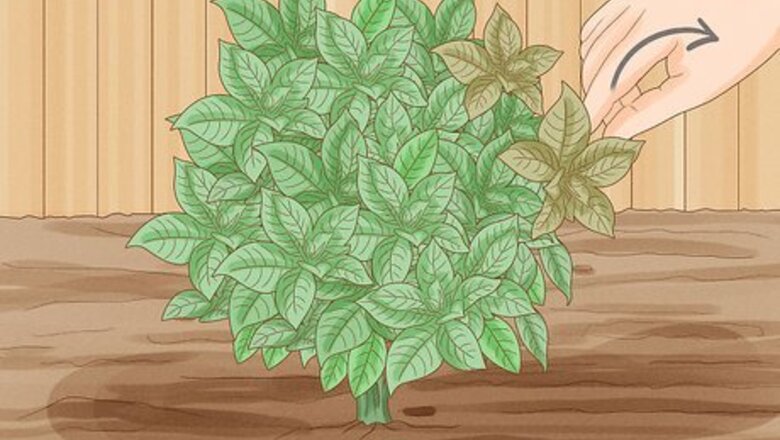
views
- Cut away half of the oldest branches at the trunk using pruning shears. Cutting the oldest, thickest branches will allow space for new growth.
- To encourage new growth, trim the remaining branches to your desired height and shape by making cuts above a stem branch or leaf node.
- Remove dead stems throughout the flowering season by pinching off the brown or black blooms at the seed base.
Removing Dead Stems
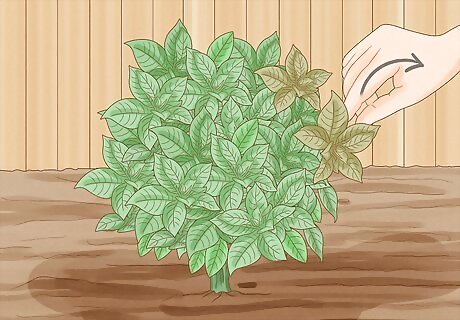
Pinch off dead stems with your fingers. Throughout its flowering season, regularly look over the plant for dead blooms – they’ll be brown or black and look generally unhealthy. With your thumb and index finger, pinch behind the swollen seed base that’s behind the base of the bloom. Pull the dead stem off the branch. This practice is known as “deadheading.” You may need to use hand pruners for thicker stems.
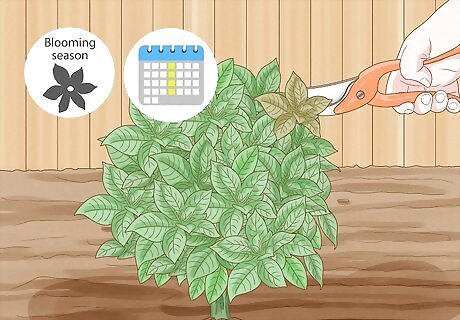
"Deadhead" your gardenia bush once a week during blooming season. Look for and pinch off dead or fading flowers once a week. Removing them regularly can encourage the growth of longer-lasting flowers, and can also increase the number of flowers that will bloom later.
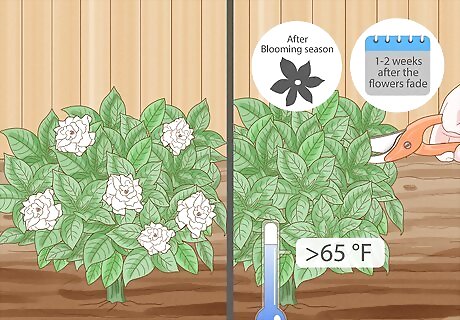
Time your pruning right. If you prune your gardenia bush with shears before it’s finished blooming, you could cause damage to the growing blooms. Instead, plan on pruning your gardenia bush after the blooming season is over, but before the daytime temperature falls below 65 °F (18 °C). You'll know it's time to prune the bush once see the flowers begin to fade. Prune the bush 1 or 2 weeks after the flowers fade.
Pruning for Shape, Size, and Growth
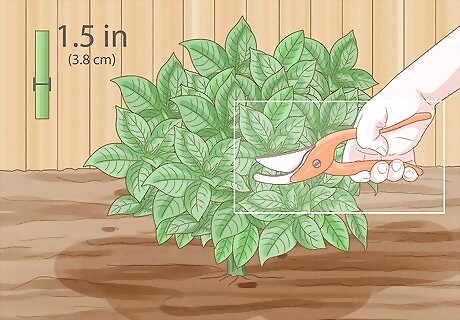
Use standard pruning shears when trimming gardenias. For branches that are up to 1.5 in (3.8 cm) thick, use common hand-held pruning shears. In the unlikely event that you have branches larger than that, use a narrow-bladed saw.
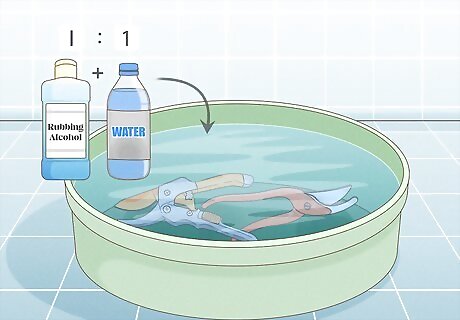
Disinfect your shears (and saw, if needed) before using them. Mix a solution of 1 part rubbing alcohol to 1 part water. Dip the blades into the solution, or apply it to a clean rag and wipe down the blades. However, if it's been awhile since you've used your shears, let the blades soak in the solution for 10 minutes or so. Then let your shears air dry. You can also use a solution of 1 part bleach to 9 parts water. Wipe down the blades after cutting any diseased or infected branches, and when moving from one plant to another. If you don't disinfect your shears, you could accidentally transfer any insects or disease from one branch (or plant) to another.
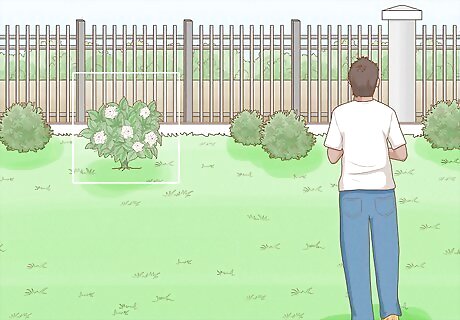
Step back to determine the size and shape of your gardenia bush. Stand far enough away from your gardenia bush that you can see the whole thing in comparison to the area around it. Then decide what size and shape you'd like the bush to be. Once you begin pruning, step back frequently to check to make sure you're maintaining the size and shape you want.
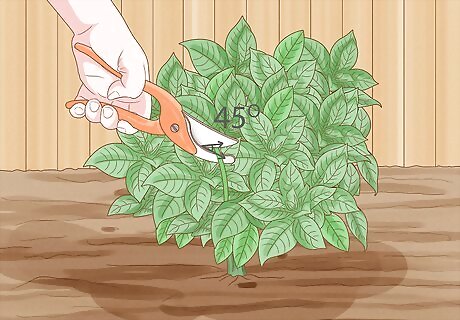
Hold the pruning shears at a 45-degree angle to the branch. This angle will help you cut through the branches easily. It also prevents you from damaging the main branches of the bush if you get too close.
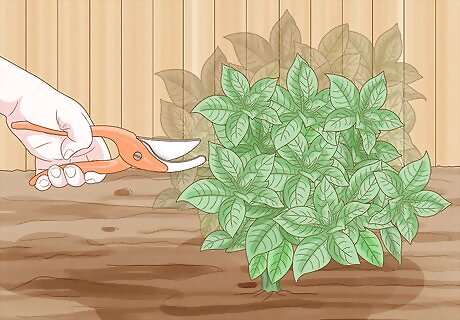
Cut away half of the oldest branches at the trunk. Cutting the oldest, thickest branches will allow space for new growth. Depending on how overgrown your gardenia bush is, you might want to trim out more than half of the oldest branches. The oldest branches tend to be the darkest shade of brown and the thickest.
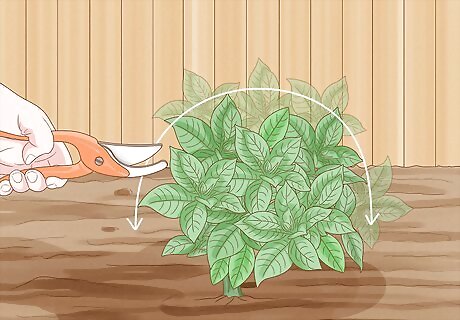
Trim the remaining branches down to your desired height and shape. After you've thinned out the oldest branches, trim the remaining branches. As you're trimming the branches, make sure you make cuts above a stem branch or leaf node to encourage new growth there. The stem branch is where thinner stems branch off of thicker limbs. The leaf node is the bulge at the end of the leaf stem at the branch.
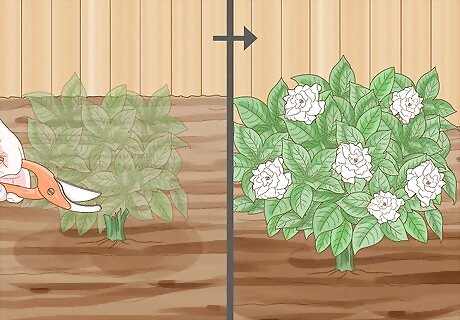
Prune most where you want to encourage growth. In addition to pruning your gardenia bush to maintain its shape and size, you can prune to encourage growth in certain areas. If you prune back the bottom of the gardenia bush beyond the excess growth – up to a few inches – that area will tend to grow back fuller.
Maintaining Your Gardenia Bush
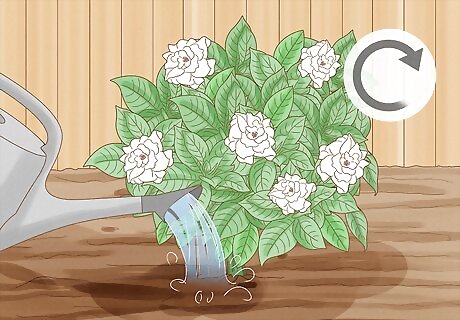
Water your gardenias regularly. Regular watering will promote thick foliage and bloom growth. The soil around your gardenia bush should almost always be moist. How often you'll need to water your gardenia bush will depend on how dry the weather is.
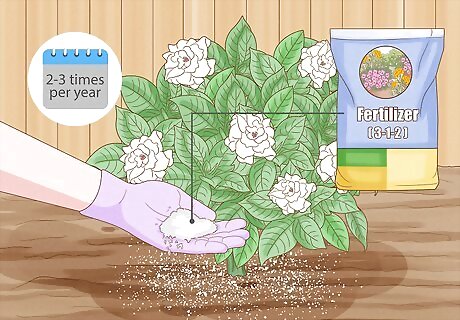
Fertilize your gardenia bush 2 to 3 times per year. One of the best times to fertilize your gardenia bush is after you prune it. Use a fertilizer with a a 3-1-2 or 3-1-3 ratio of nitrogen, phosphorus, and potassium. Follow the instructions on the fertilizer packaging for the amount you should use, and mix it into the soil around your gardenia bush.
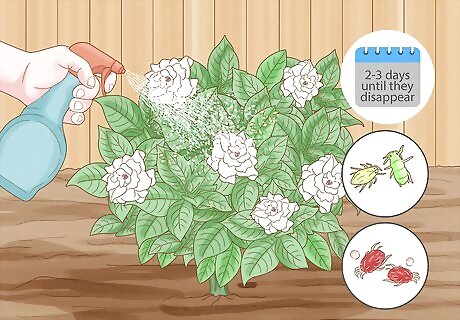
Check for bugs on your gardenias. You should look for mealybugs, caterpillars, aphids, whiteflies, thrips, and spider mites. If you see any of these insects on your gardenia bush, try a natural remedy to remove them. If the infestation is bad, you may need to use an insecticide. To get rid of aphids, spray them with water every 2-3 days until they disappear. For whiteflies and spider mites, try applying neem oil or insecticidal soap to your gardenia bush. Use your hands to pick caterpillars off your gardenia bush













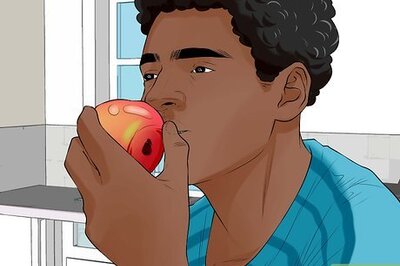



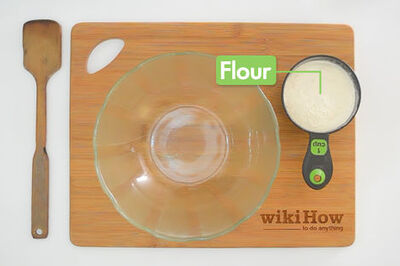


Comments
0 comment